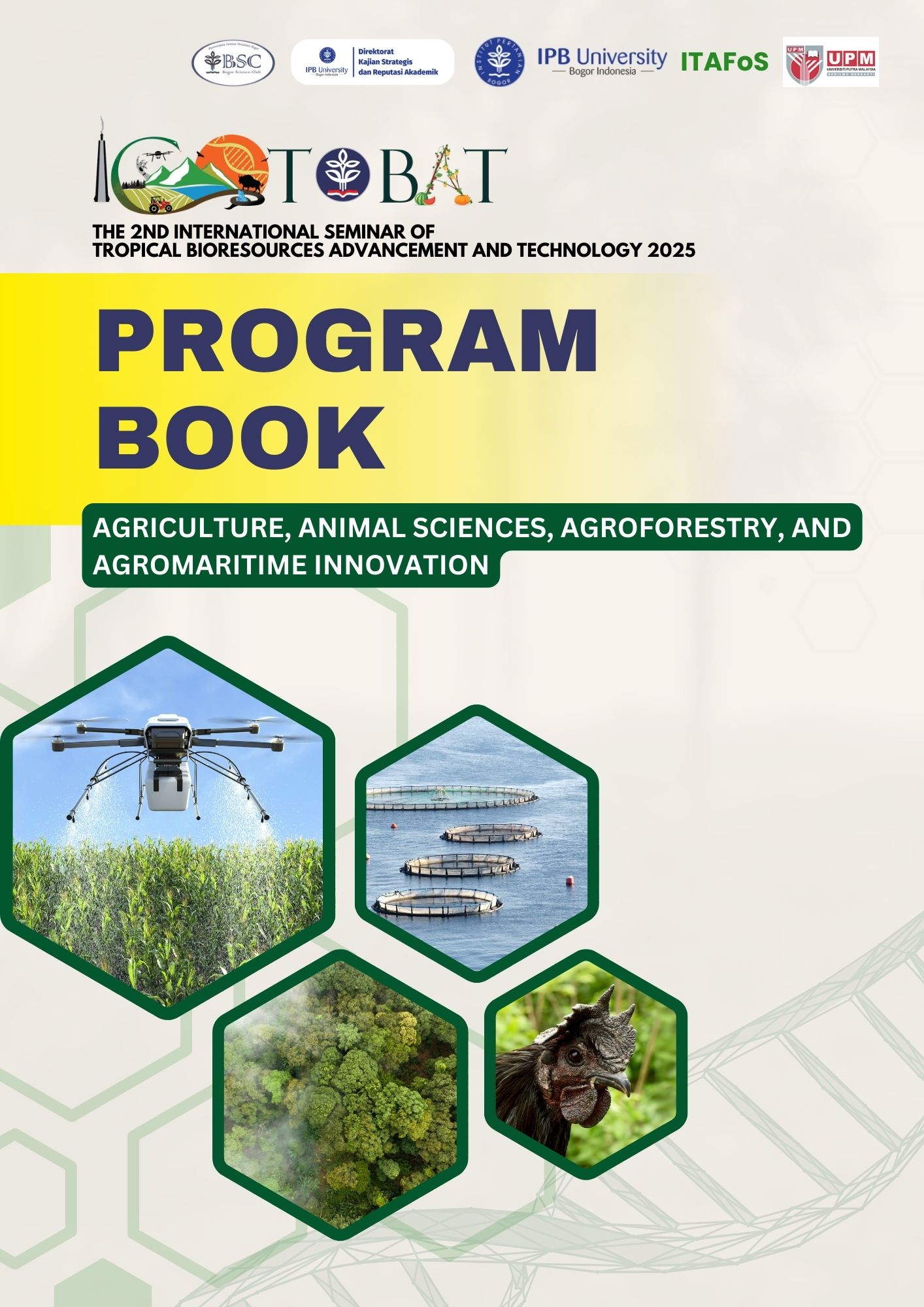The Expression of Plasma Protein in Pesisir Bulls Using 1D-SDS-PAGE
Keywords:
Pesisir bulls, Motility, biomarker, 1D SDS-Page,Abstract
Pesisir cattle, Indonesia's local cattle germplasm from West Sumatra, has the advantages of adaptation to tropical environments, disease resistance, and efficiency in consuming low-quality feed without reducing performance. Pesisir cattle are expected to become national superior breeds in livestock development by increasing productivity and reproduction and improving livestock's genetic quality. This study aims to identify semen quality characteristics and sperm protein profiles of Pesisir bulls using the 1D-SDS PAGE method. Semen was collected from six pesisir bulls aged between less than 2 years to 4 years as samples. Sperm kinematics were evaluated using Computer-Assisted Sperm Analysis (CASA). Analysis of protein characteristics based on molecular weight was performed using 1D SDS-PAGE method with SurePAGE™ 4-20% graded gel (M00656; GenScript) and Broad Multi-Color Pre-Stained protein standard (M00624; GenScript). The study showed that fresh semen from Pesisir bulls aged less than 2 to 4 years was classified as normal. Proteins in the semen plasma of Pesisir bulls were divided into nine bands based on molecular weight, namely 10, 15-19, 20, 25, 26-37, 38-50, 51-74, 75, and 110 kDa, and were found in all age groups. Proteins with a molecular weight of 15-30 kDa are known as Binder Sperm Proteins (BSPs) and AKAP3 proteins. Both are located in the tail of the sperm and function in the regulation of sperm motility. Protein analysis based on molecular weight using the 1D-SDS-PAGE method can be used as a biomarker for semen quality assessment in pesisir bulls. Therefore, this molecular approach can be an alternative indicator in selecting superior bulls.






























